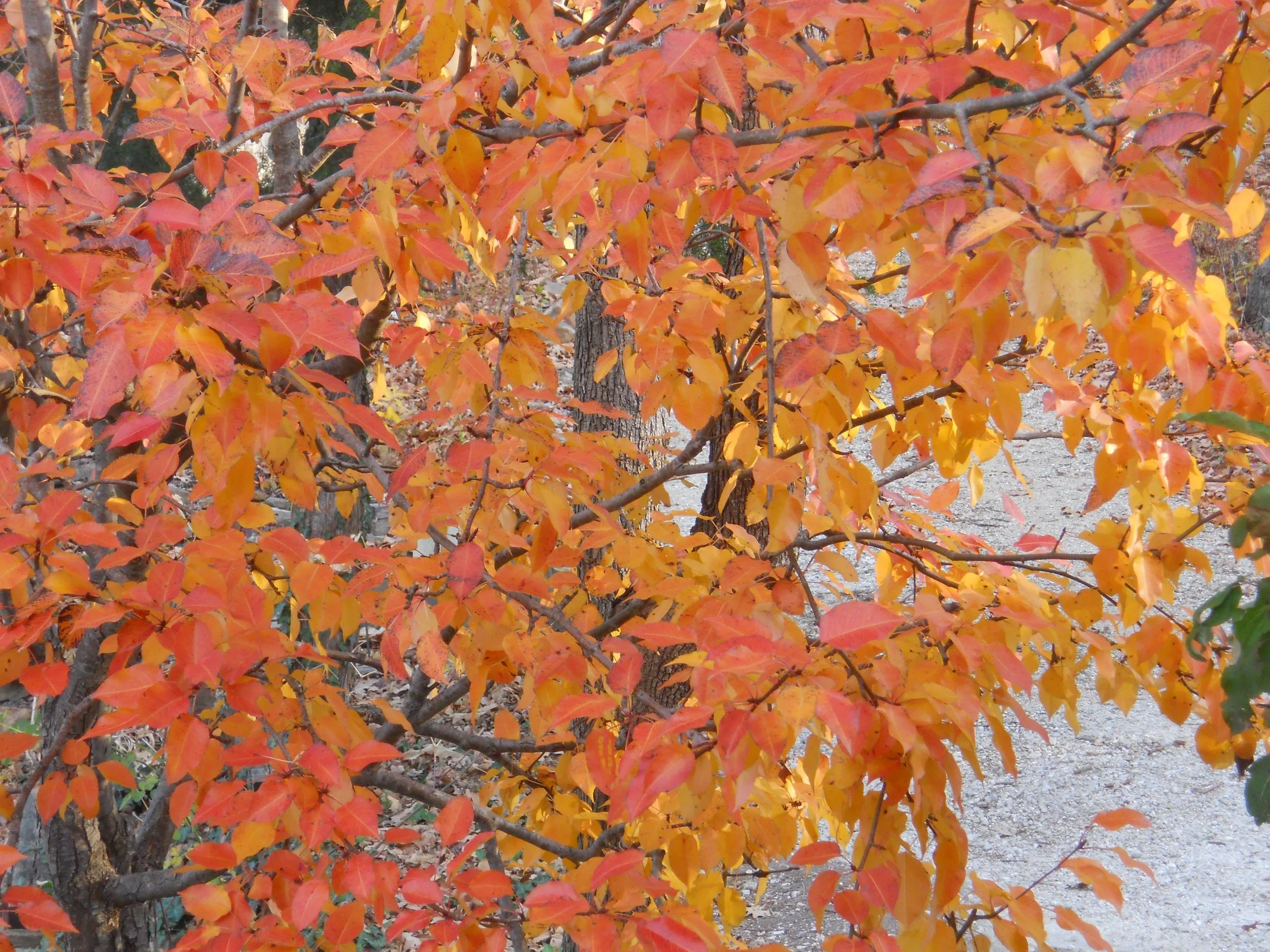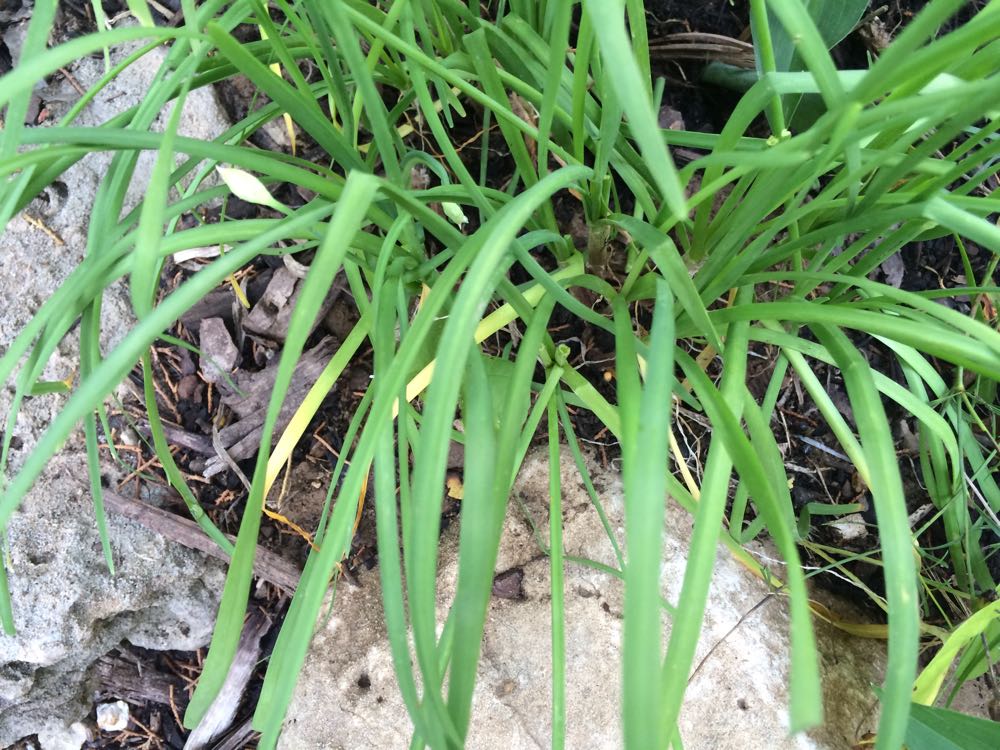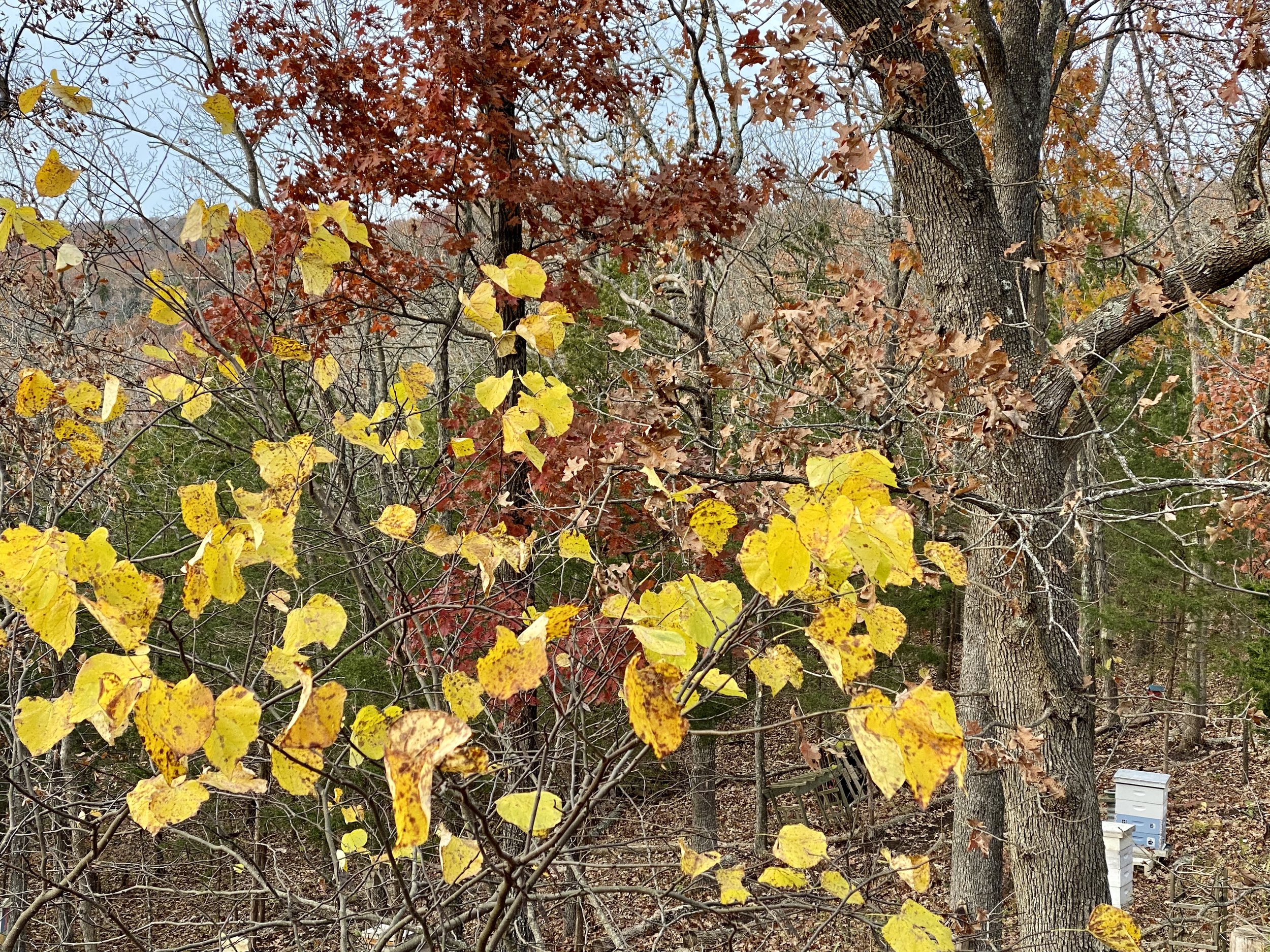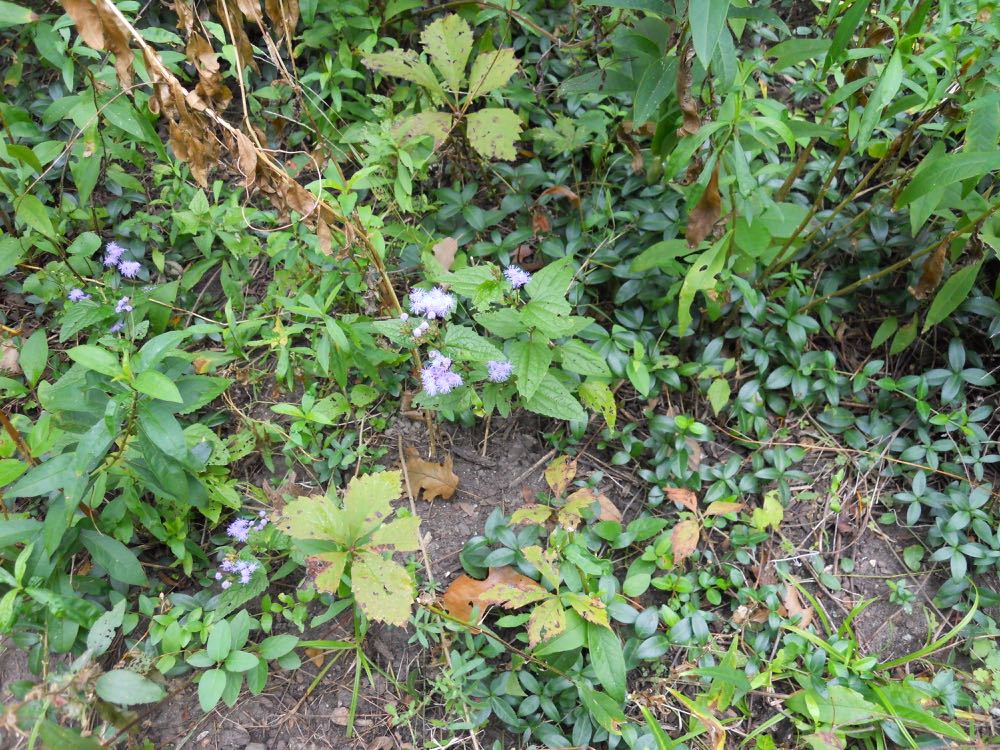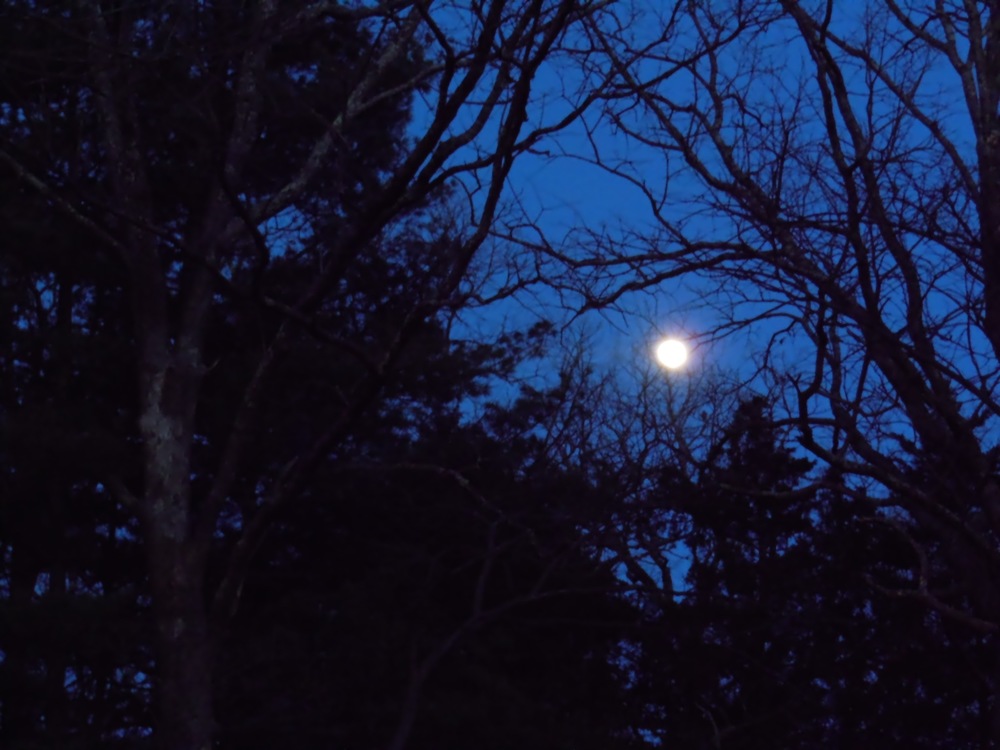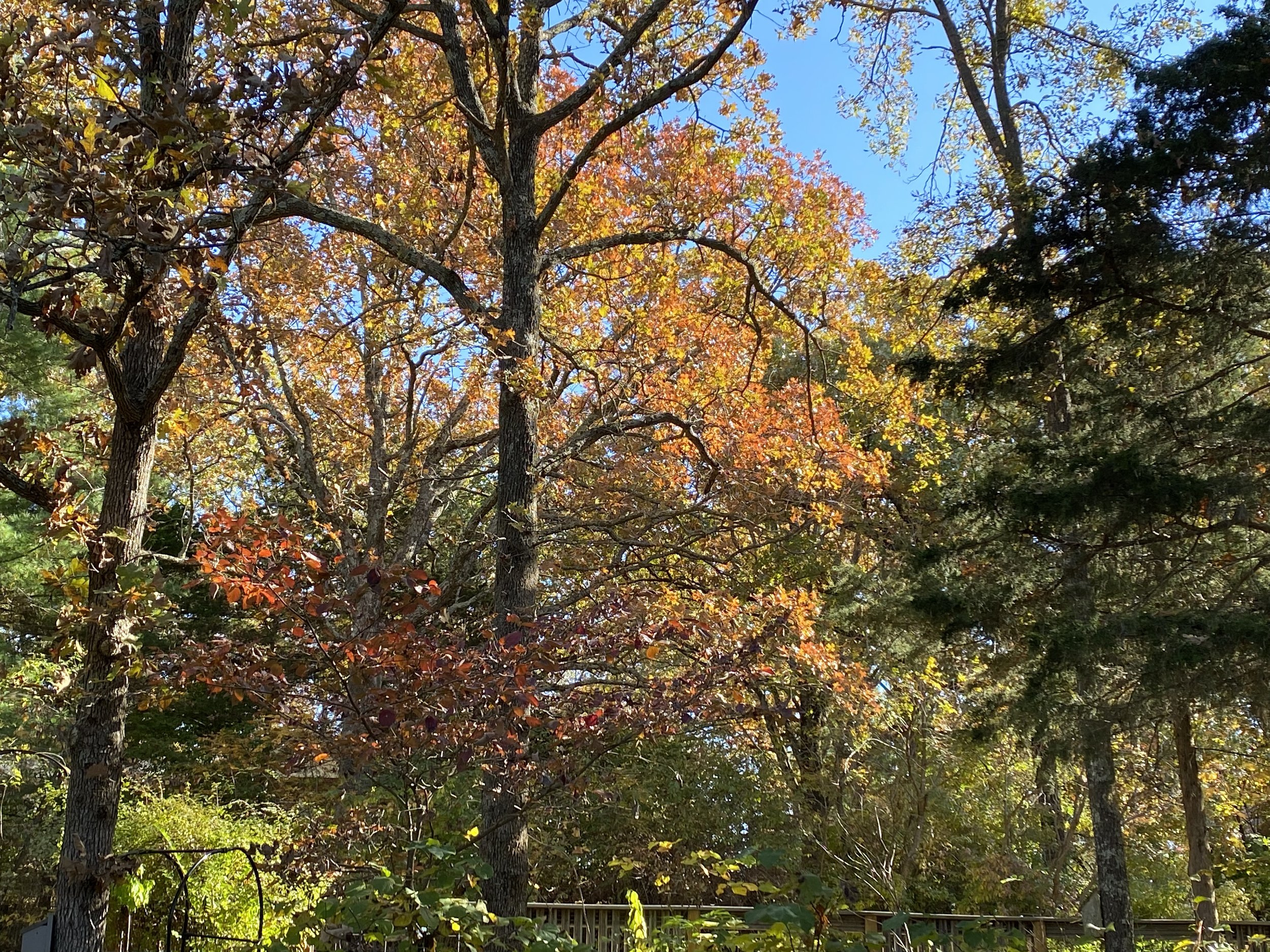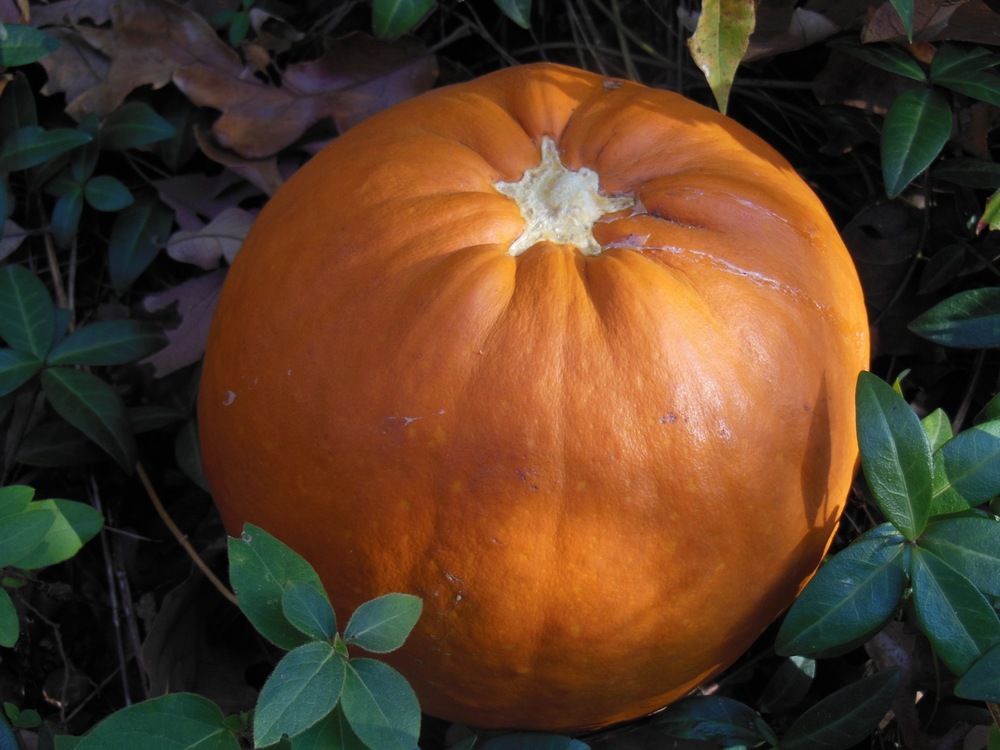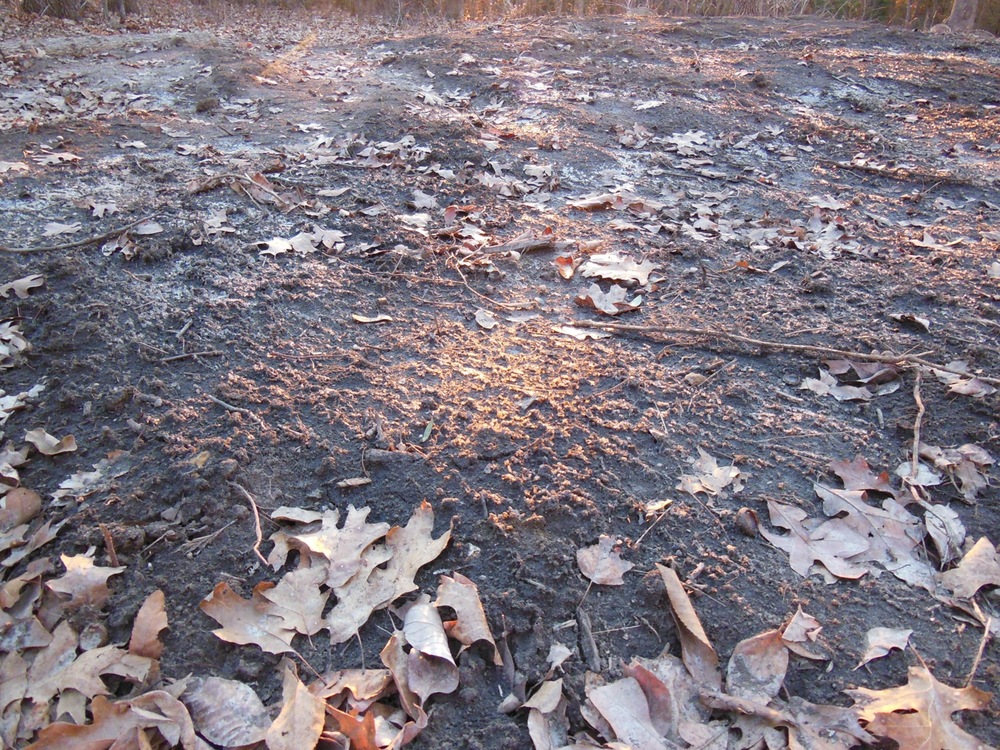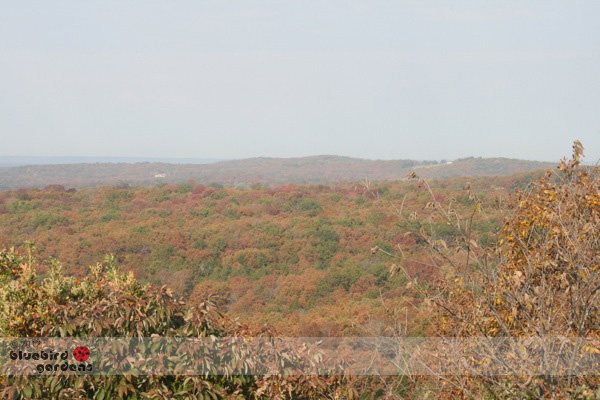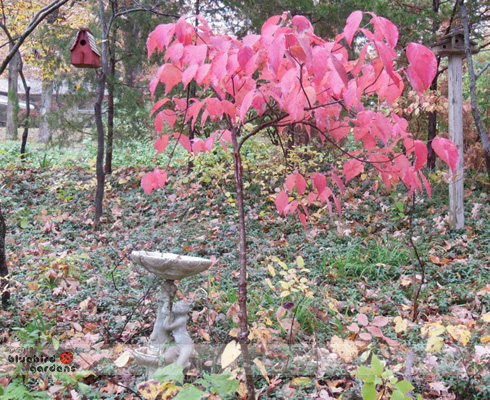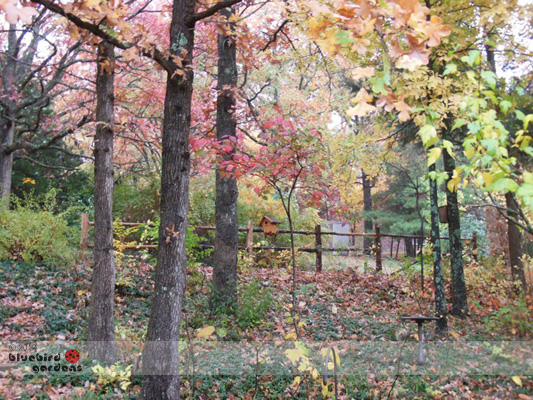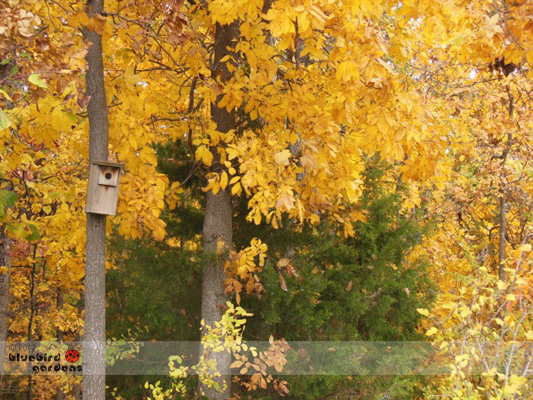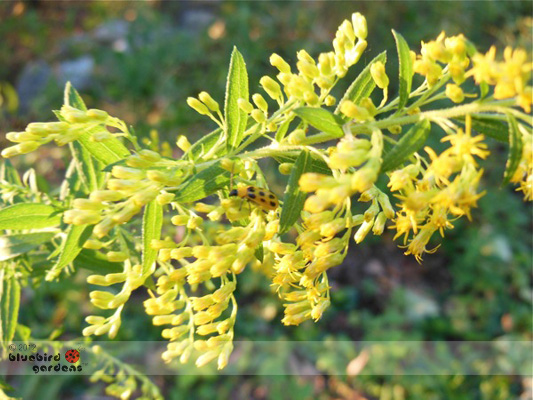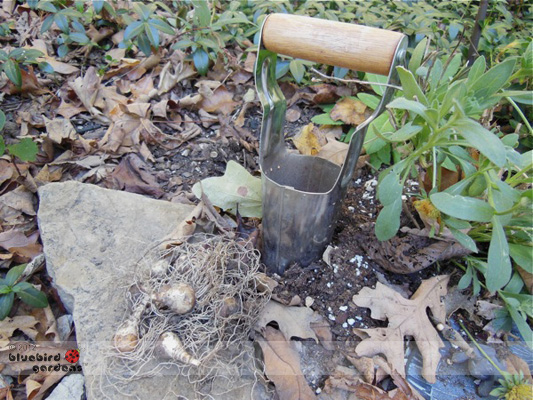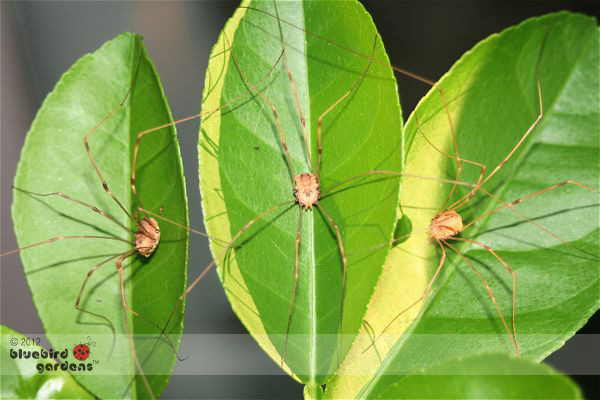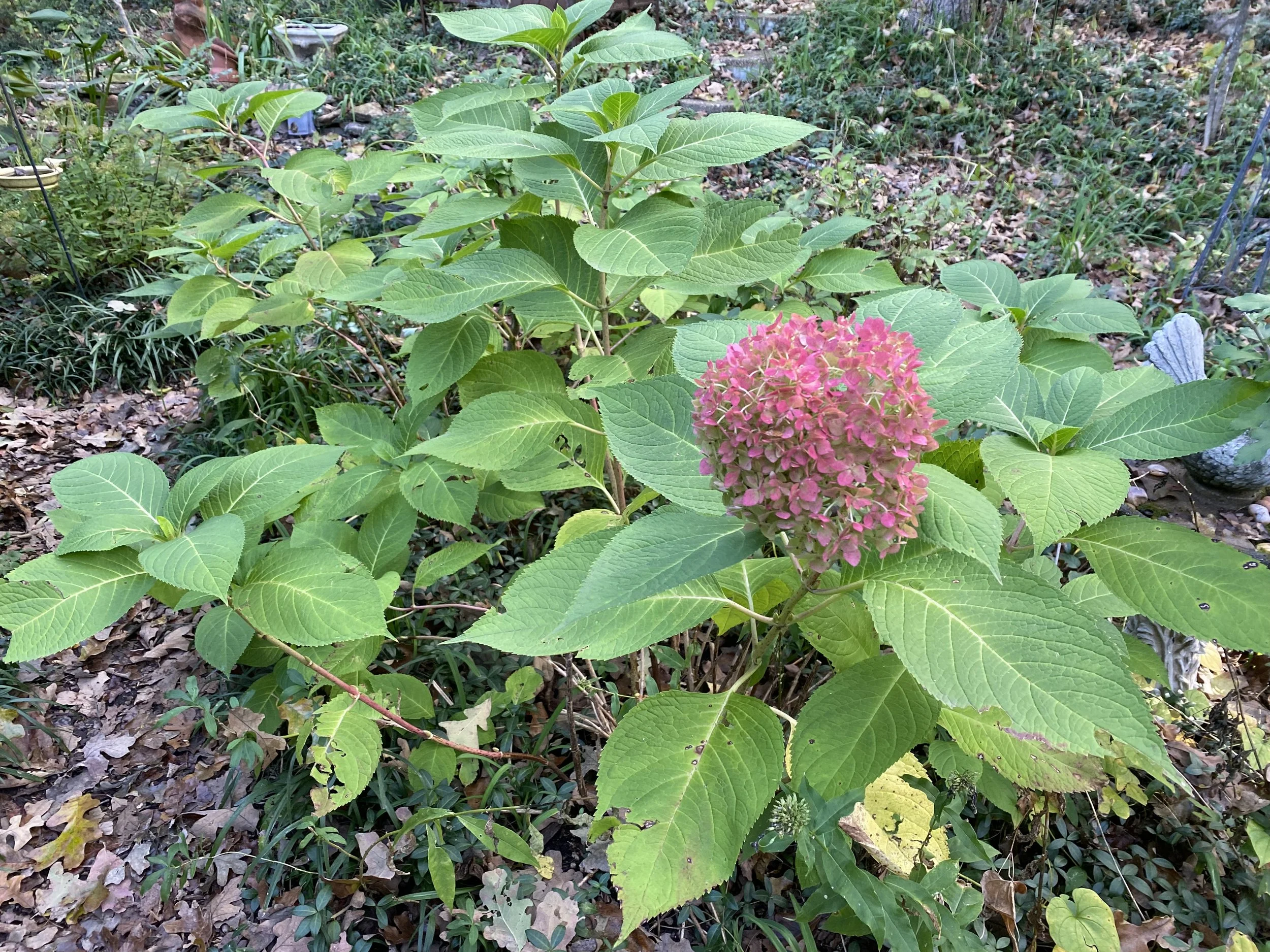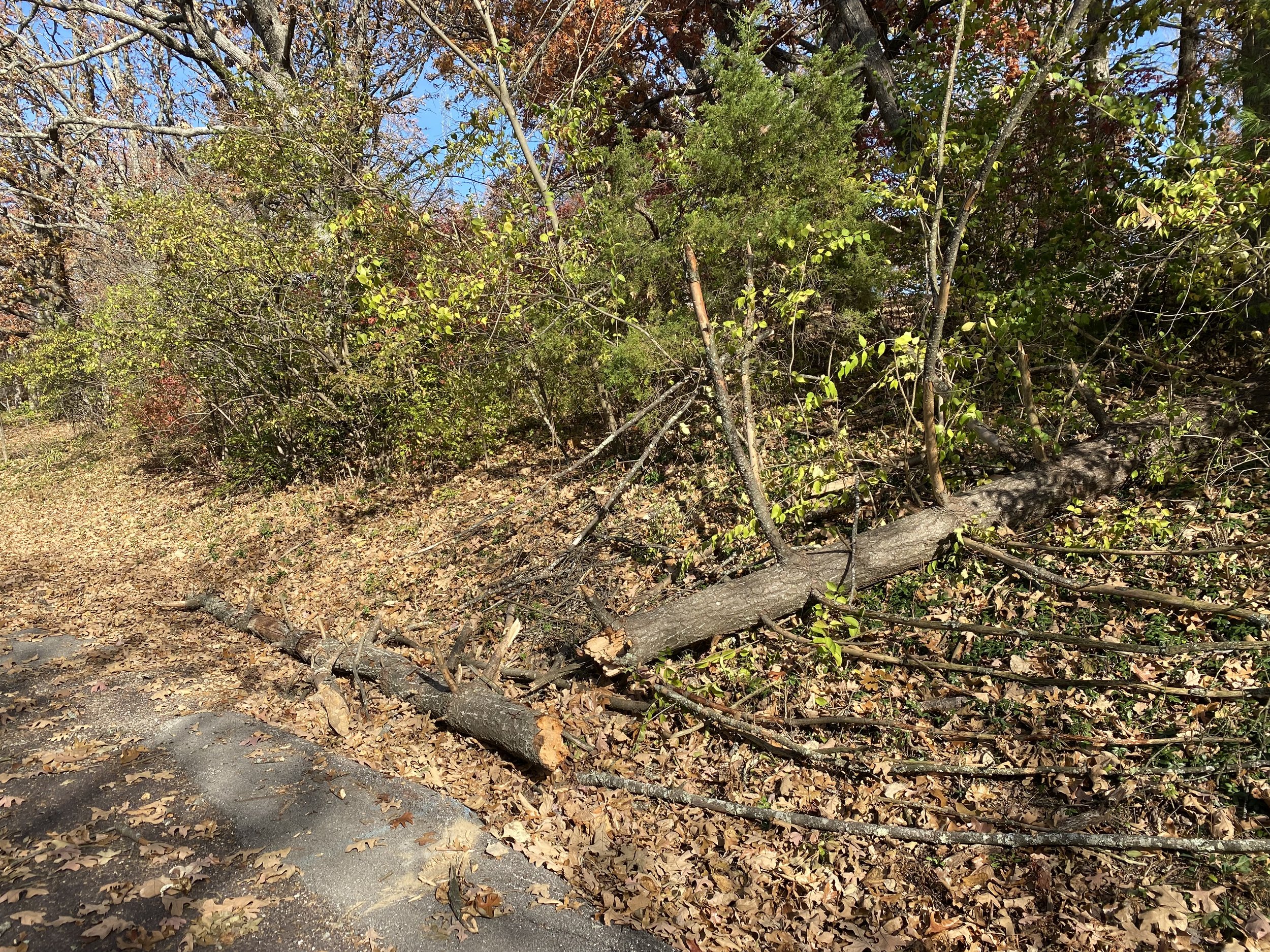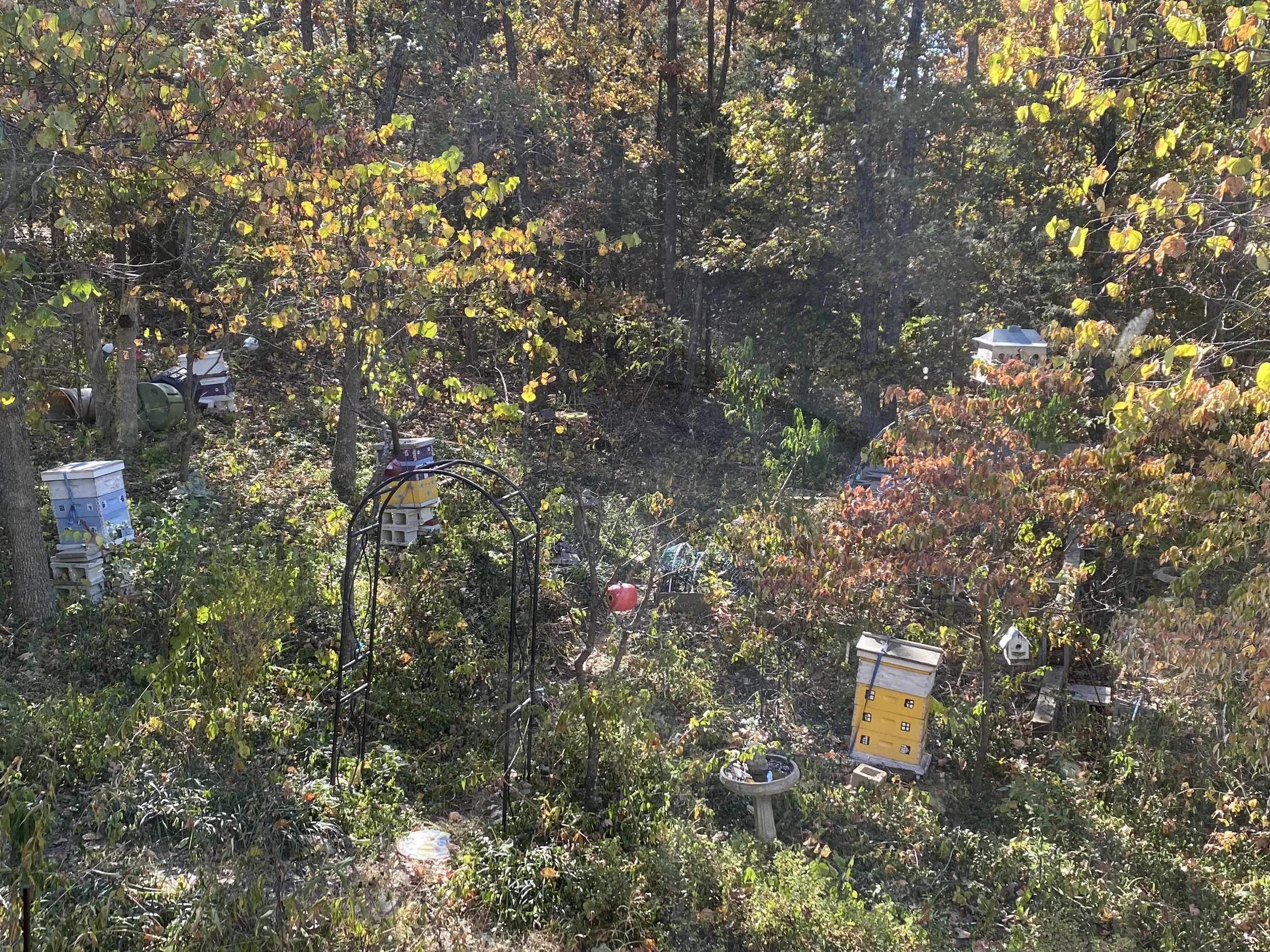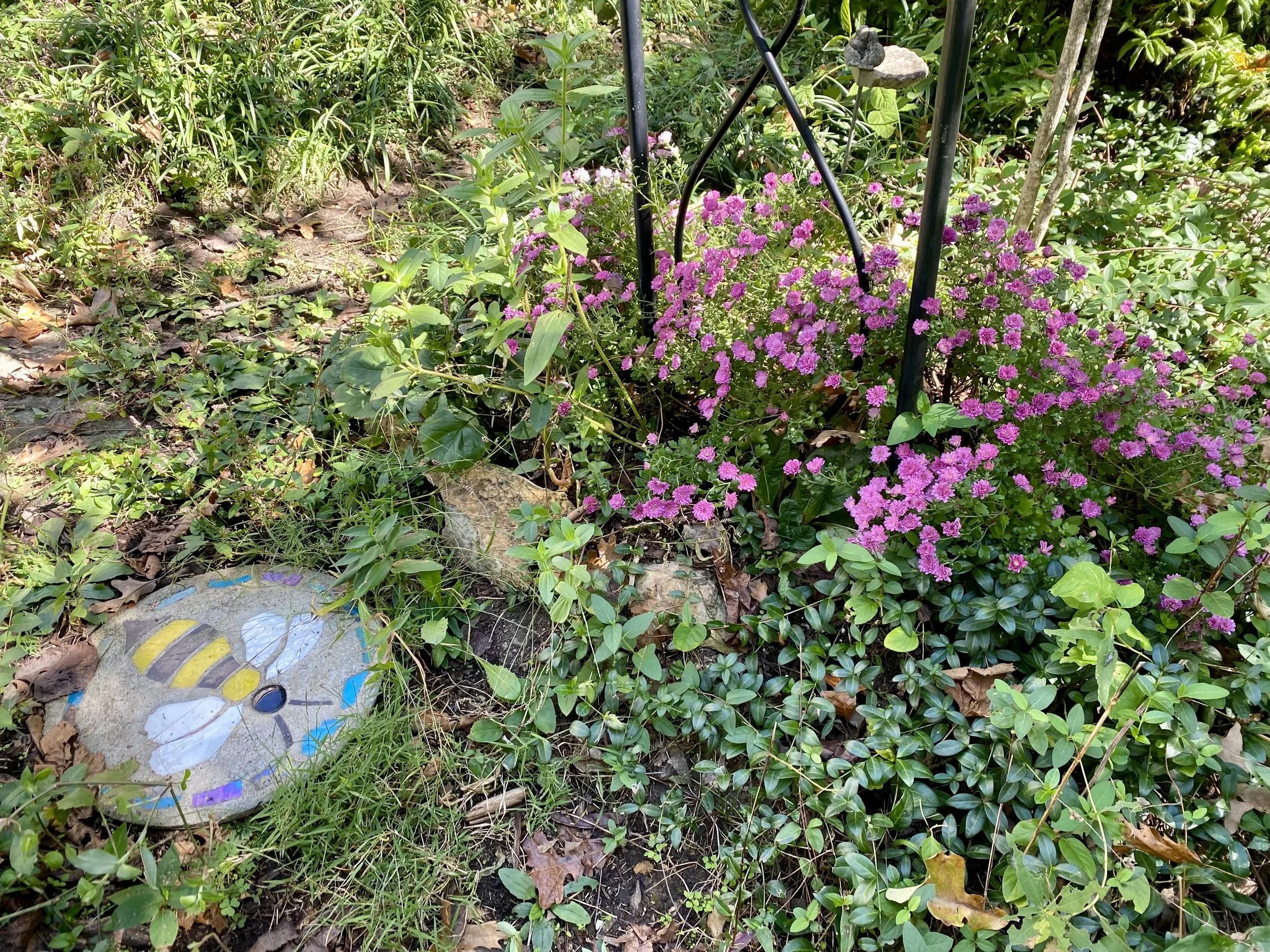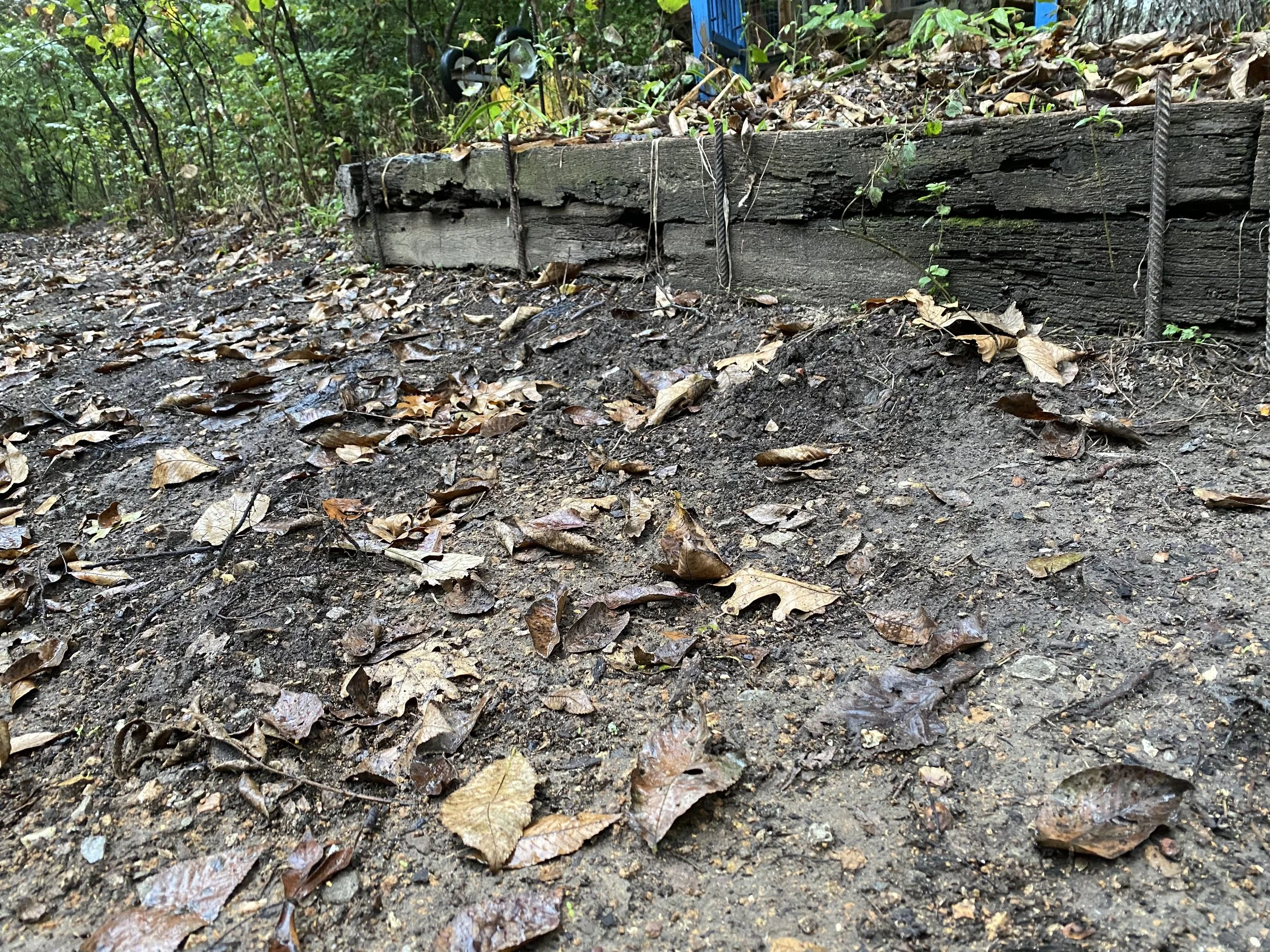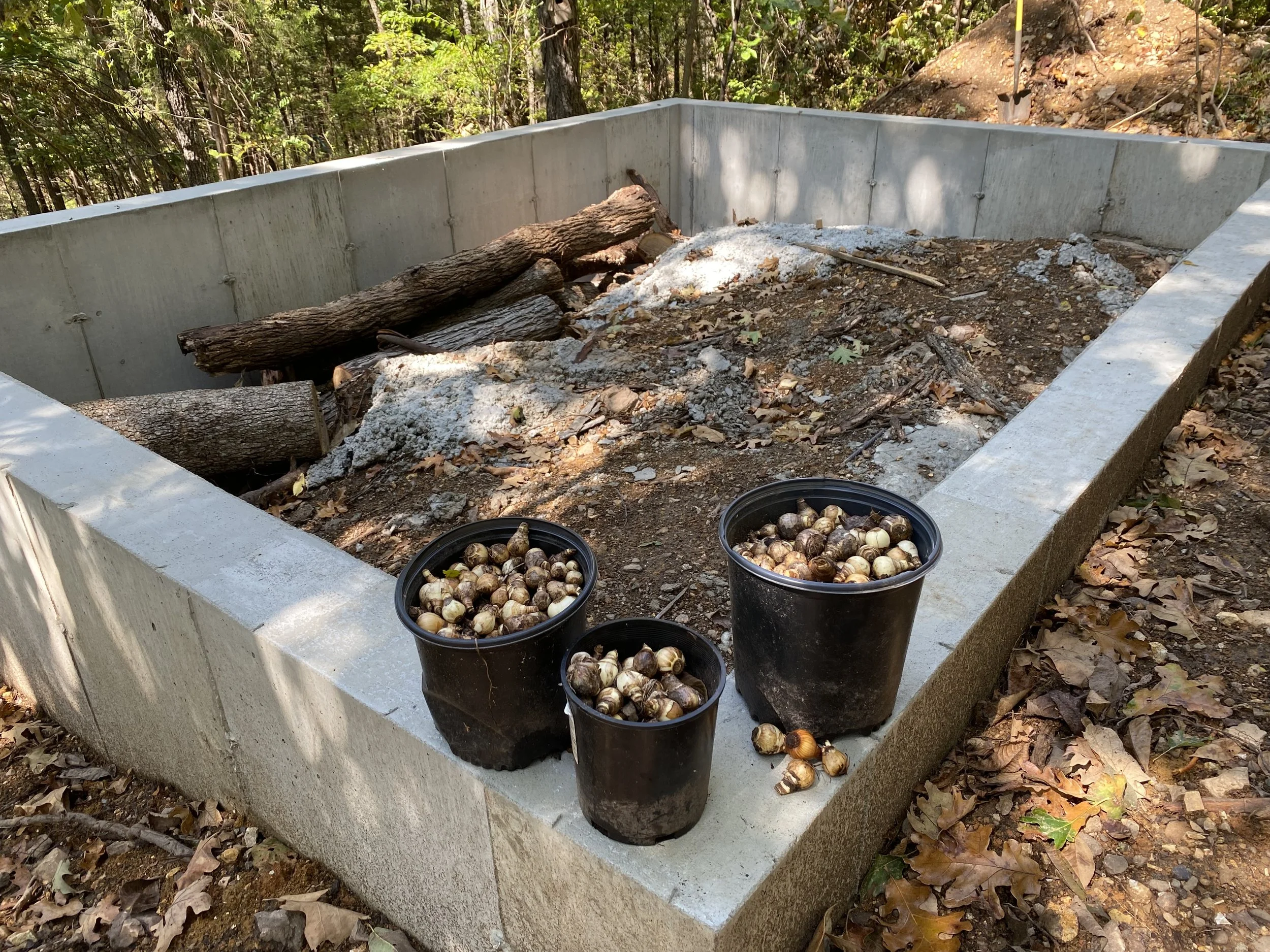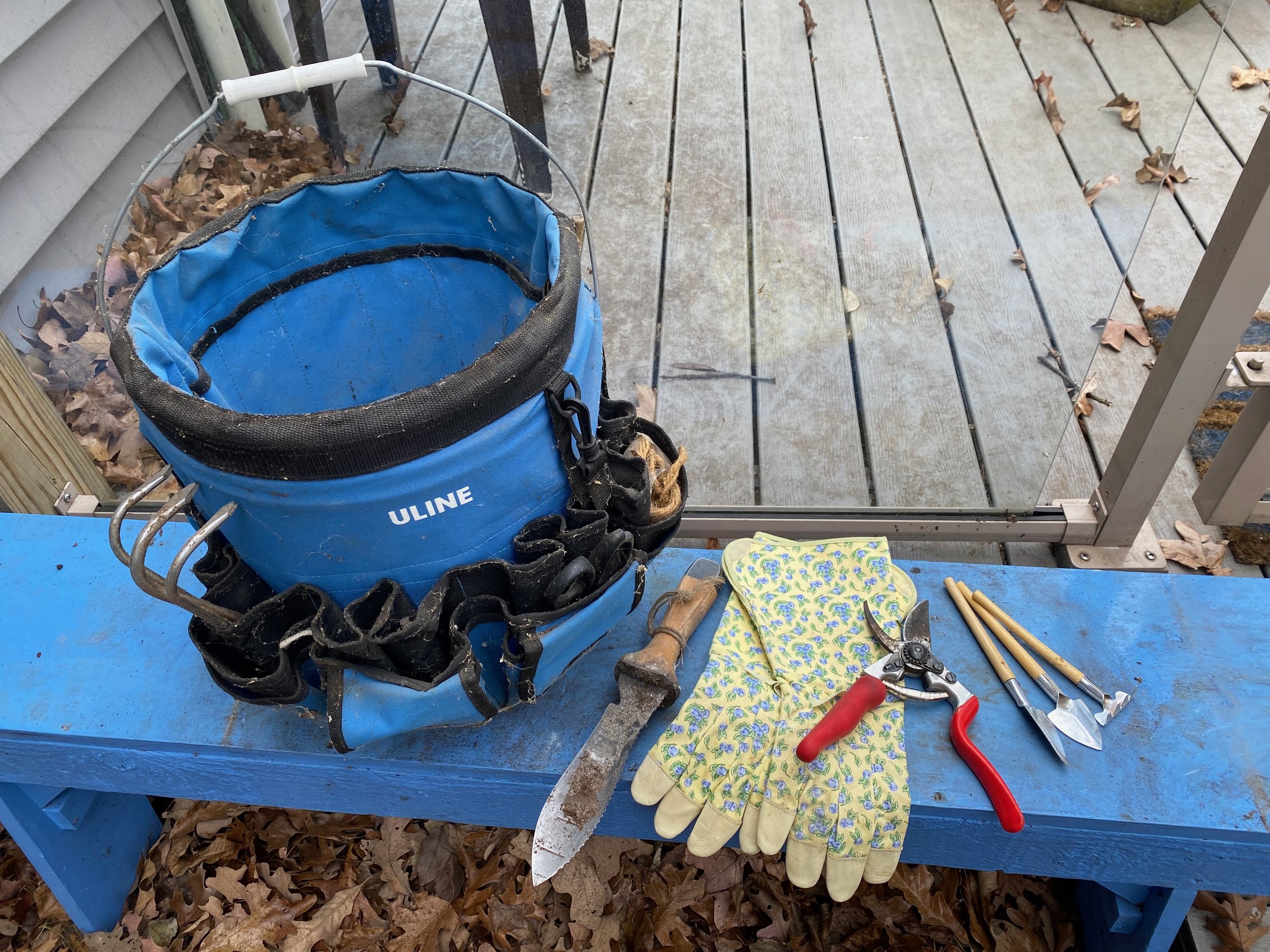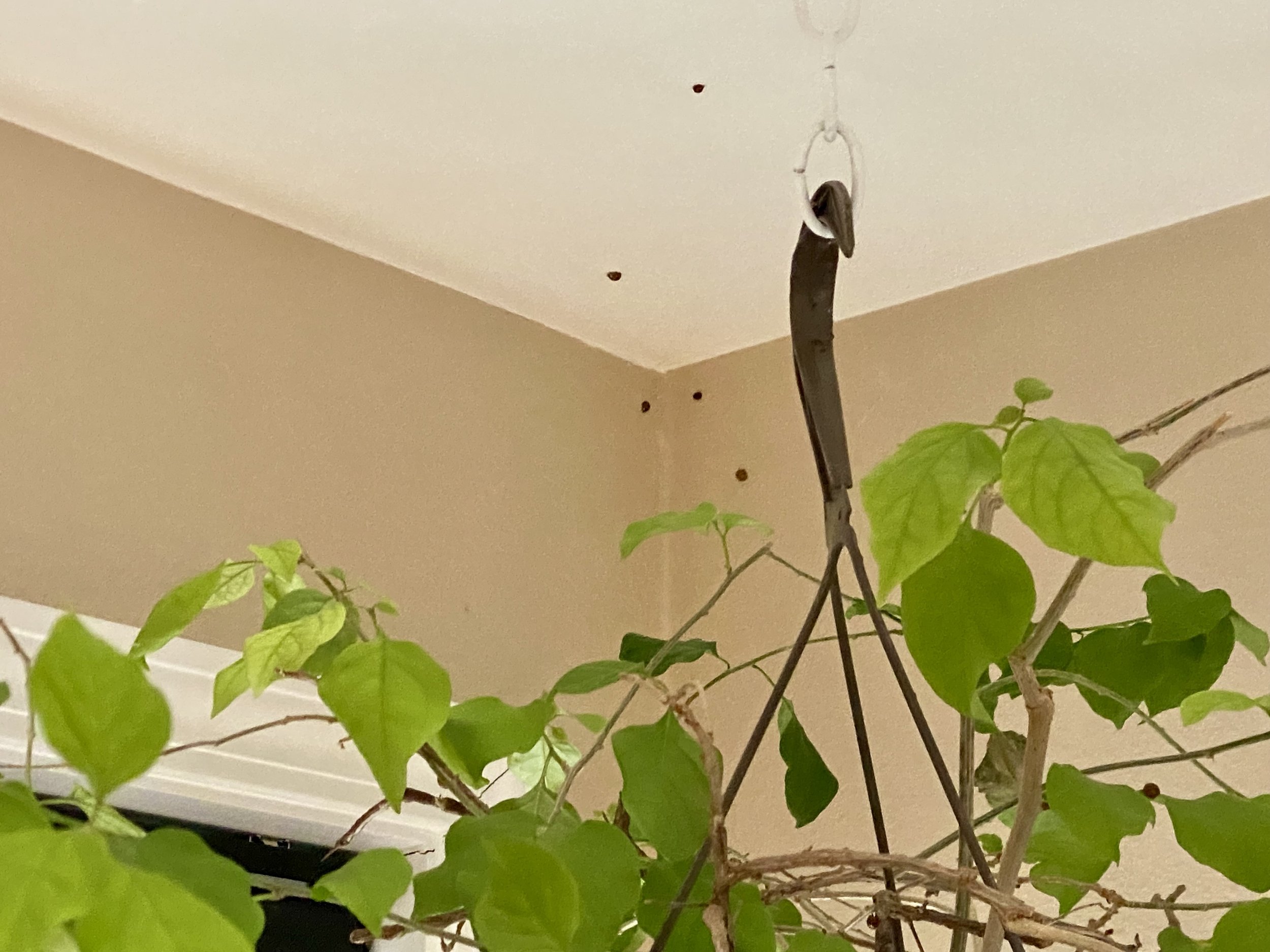Halloween Flowers
/Last miniature roses of the season join my inside geraniums and Halloween pumpkin candle.
Halloween Flowers
It's record warm again this fall in Missouri, a time when in the past we would already be bundling up in coats and getting trick or treaters extra scarves and mittens. Instead, I found myself picking a lovely little bouquet of blooming miniature roses to add to blooming pink geranium flowers in my business office.
I don't worry about whether the flowers will look good together or not, I rarely pick things that don't somehow look good together. When I plopped them down on my coffee table, they looked wonder next to my little ceramic Halloween pumpkin candle holder. I don't use real candles in it any more, I like the little flickering, batter-operated lights that make it look like a candle is inside. So much safer than having a lit candle.
If you still have flowers blooming, take a few minutes to pick a few and bring them inside. They will brighten up your day, I promise!
Charlotte
